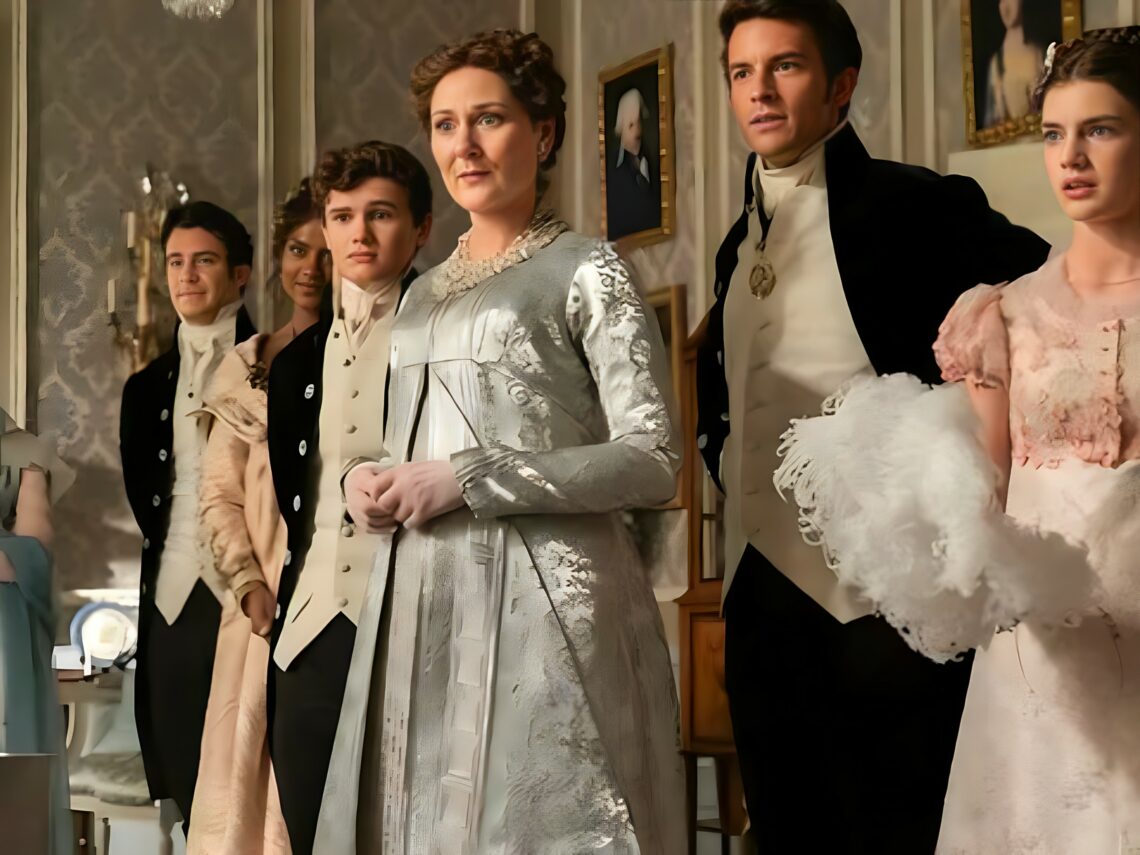Mid-way through its third season, Bridgerton has fully established itself as one of Netflix’s flagship series. The show’s episodes received over 70 million views in their first two weeks of streaming, and it regularly places in the platform’s top three throughout the English-speaking world.
The Regency-era romantic drama based on Julia Quinn’s novels has won plaudits for reimagining London in the early 1800s as a tolerant, ethnically diverse society. And for showcasing more modern aspects of gender inequality through the lens of its historical setting.
But does the series have any basis in reality? Well, first off, the Bridgerton family themselves didn’t really exist. They are all entirely fictional characters, although they in some ways reflect the internal workings of a noble family within high society during the Regency period.
The Regency period refers to the second decade of the 19th century in Britain, during which King George III wasn’t considered mentally competent to carry out his duties as head of state. His son, the Prince Regent and future King George IV, ruled in his place.
Most of the show’s portrayals of racial diversity are wildly inaccurate in relation to the history of the period. In the real world, as University of Denver historian Trishula Patel explains, the different races brought together through one of the show’s main premises “would have remained segregated.”
The premise in question is the marriage of King George III to Queen Charlotte of Mecklenburg-Strelitz, who is depicted as being of mixed heritage. The appearance of these people in Bridgerton is one thing that is very much based on real history.
Was Queen Charlotte really black?
Charlotte, the real queen of Regency Britain doesn’t feature in Quinn’s original Bridgerton novels at all, as the question of race doesn’t take on the same level of importance in the books as it does in Netflix’s show. In the show, she’s played by Golda Rosheuvel, who is herself half-Guyanese.
There is some historical inspiration for Charlotte being portrayed as of mixed heritage. She very likely did have African ancestors in real life, having descended from a branch of the Portuguese royal family which included the Moorish lover of 13th century king Afonso III.
But it’s absurd to argue that on this basis she herself was mixed-race in any recognisable sense. Only one historian of note, the Portuguese Mario de Valdes y Cocom, has tried to argue this point, using certain portraits of the queen to back up his claim.
Nevertheless, it’s clear that the makers of Bridgerton are not too fussed about historical accuracy. They take any grain of truth in the story of George III and Queen Charlotte’s marriage, and run with it to such an extent that society is turned almost on its head. Fans of the series would argue that’s the point.
As is clear from its colourful costumes and anachronistic music choices, the show is very deliberately playing with the historical realities of its setting. It does get one thing spot on, though. There were plenty of gossip columns in London’s high society 200 years ago.
